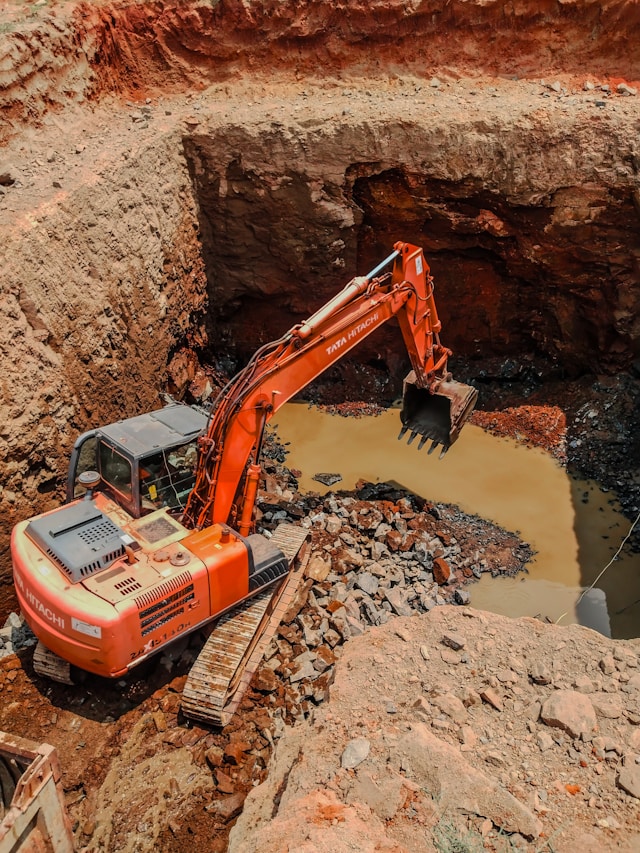Illegal mining is the unapproved gathering of minerals, metals, or other precious natural resources outside of legal and regulatory frameworks or without the necessary permissions. The UNODC Response Framework on Illegal Mining defines it as activities that break rules and laws put in place by countries. Poverty, a lack of job prospects, lax enforcement of mining regulations, growing worldwide mineral demand, and the impact of organized crime groups are all drivers of illegal mining.
From little, local crafts to big, well-organized groups running complex and big-scale projects, illegal mining may manifest itself in different ways. Often taking place in ecologically sensitive or protected areas, or on private lands without permission, these activities endanger local communities as well as the environment. Illegal mining could offer jobs, but it damages legitimate mining businesses, lowers government income, and presents major financial, societal, and environmental risks.
Ghana’s Galamsey Problems
Illegal mining—sometimes referred to as galamsey—has become a national disaster in Ghana. Galamsey is fueled by a complicated mix of past neglect, financial difficulties, environmental mismanagement, and lax legal enforcement. In reality, several miners ignore these legal procedures even if Section 83 of the Ghana’s Minerals and Mining Act, 2006 (Act 703) permits small-scale mining for Ghanaian citizens aged 18 and above who register with the Minerals Commission.
In gold-rich areas including Ashanti, Eastern, and Western Ghana, galamsey is especially prevalent. Gold processing often involves the use of toxic chemicals such as mercury and cyanide, which pollutes significant rivers including the Pra, Ankobra, Birim, Densu, Offin, and Ayensu. Thus, the environmental damage connected with these activities is rather severe. Although these rivers are a crucial supply of drinking water, their pollution has caused a number of water treatment facilities to close down as a result of equipment damage and excessive turbidity.
Illegal mining has also been a major factor in the loss of trees. Ghana’s Forestry Commission estimates that 4,726 hectares of forest reserves have been lost among 34 of 288 forest regions. The Offin Shelter Belt Forest Reserve, for instance, has seen significant destruction as trees have been cut down to reach subterranean gold. Often sites are left by miners without meeting legal obligations to restore or replant the damaged regions.
Personal and Economic Consequences
Beyond environmental deterioration, illegal mining has severely affected human safety and income. Local farmers are more and more displaced as miners grab or destroy rich land. Mankraso Ashanti Region cocoa farmer Yaw Owusu said armed unlawful miners destroyed his 20-acre farm. He said, underlining the lawless environment and atmosphere of anxiety in the impacted regions, I was afraid to face them.
Additionally increasing are deaths connected to galamsey operations. In Osino, Eastern Region, two young guys perished when an unauthorized mining pit caved in on January 11, 2025. Sometimes resulting in fatalities, violent conflicts between illicit miners and security forces increase the degree of social uncertainty in the situation.
Though several government actions and committees trying to stop illegal mining have been taken, the activity still occurs because it has strong socioeconomic foundations and enforcement authorities sometimes have limited capacity.
Finally
Ghanaian illegal mining poses a major and complex problem. Although it offers money for some, its long-term effects environmental damage, public health risks, and social turmoil must exceed any momentary advantages. Fighting this increasing national danger depends on quick, concerted activities including tighter enforcement, community involvement, and sustainable economic solutions.




